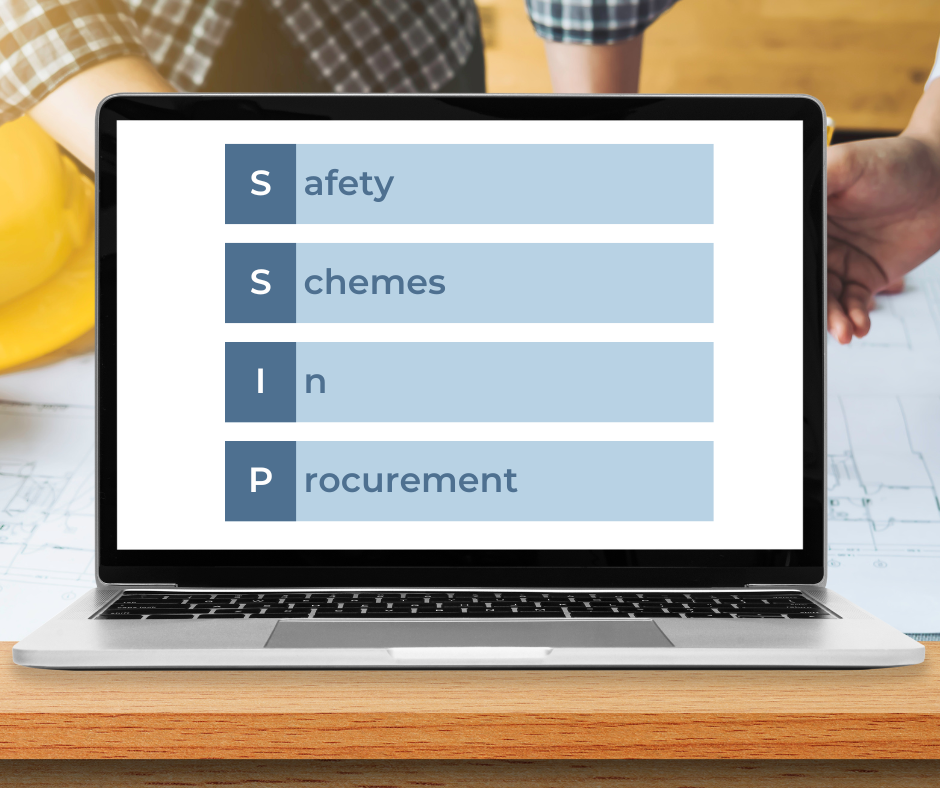Ensuring that your subcontractors are compliant and safe on site is essential to overall site safety.
A proactive approach to subcontractor management is therefore a key part of the management of a project – keep reading to learn more.
How do you ensure subcontractors are compliant?
 Ensuring a subcontractor is compliant can be a lengthy process as you have to gather a lot of documentation.
Ensuring a subcontractor is compliant can be a lengthy process as you have to gather a lot of documentation.
The required documentation will also change depending on what you are hiring the contractor to do. For instance, if you are hiring subcontractors who will be operating plant, you will need to make sure that you see their up-to-date driving qualifications.
One of the easiest ways to ensure that you gather all the necessary information is to have a subcontractor complete a Pre-Qualification Questionnaire (PQQ).
PQQ
Using a PQQ, you can gather all the documentation you will need and it will help you to keep track of all the various documents as well. This will include appropriate insurances, certifications, licences, qualifications and many more bits and pieces.
Once you’ve gathered everything you need, have received and approved a RAMS pack from the subcontractor and put a contract in place, the next step will be inducting any operatives to site.
Induction is important as subcontractors will need to know the site safety rules, emergency procedures, any potential hazards and your site manager can ensure they are approved for working on site.
Throughout this whole process, it is also important to remember to keep any documentation received and know how to access it.
If an issue occurs on site, it will save valuable time if you know exactly what you have and where it is.
Keeping track of subcontractors
 Tracking subcontractors on site is also vitally important. Site managers need to know who the foreman/supervisor of any team is and where that team is working.
Tracking subcontractors on site is also vitally important. Site managers need to know who the foreman/supervisor of any team is and where that team is working.
Scheduling works on a busy site when the construction is at different stages means that different subcontractors will need to work around each other.
Another part of tracking is knowing if your subcontractors are on site or not. If an emergency occurs, the site managers will need to account for who is and isn’t on site.
If a subcontractor hasn’t signed out but has left site, this may lead to emergency services entering a hostile environment to rescue people who aren’t there!
How to manage subcontractor health and safety performance
 During works, a large part of managing subcontractors includes making sure they meet the necessary health & safety requirements. This is important not only to ensure that sites are safe but also for any SSIPs, as they are increasingly asking for proof of compliance further down the supply chain.
During works, a large part of managing subcontractors includes making sure they meet the necessary health & safety requirements. This is important not only to ensure that sites are safe but also for any SSIPs, as they are increasingly asking for proof of compliance further down the supply chain.
There are many different ways of managing this and there is no one size fits all approach. Many contractors require subcontractors to submit weekly packs with any PUWER inspections, MEWP inspections and toolbox talks that were carried out in that week.
Another way of monitoring and recording performance is to carry out regular audits. On these audits you can make sure to review any documentation and ongoing works.
An important thing to remember for SSIPs is that you will need to name a subcontractor on these audits in order for the SSIP to accept it as proof.
How can WA Management help?
WA Management offer a Health and Safety Site Induction online training course, which covers the responsibilities of both employers and employees, and can be used as part of a new starter health and safety induction.
We are also able to provide site audit and inspection services to help you ensure your workplace is compliant with health and safety law.

PPE and Site Induction training courses are essential tools in ensuring external suppliers meet health and safety requirements. Make sure you don’t miss out on our 10% off deal on these courses, available until the end of May. Simply enter the code ‘outsourcing10’ at checkout to save!
Read more Consultant’s blogs here.
To keep up to date with the latest health & safety news and advice, follow us on social media:
